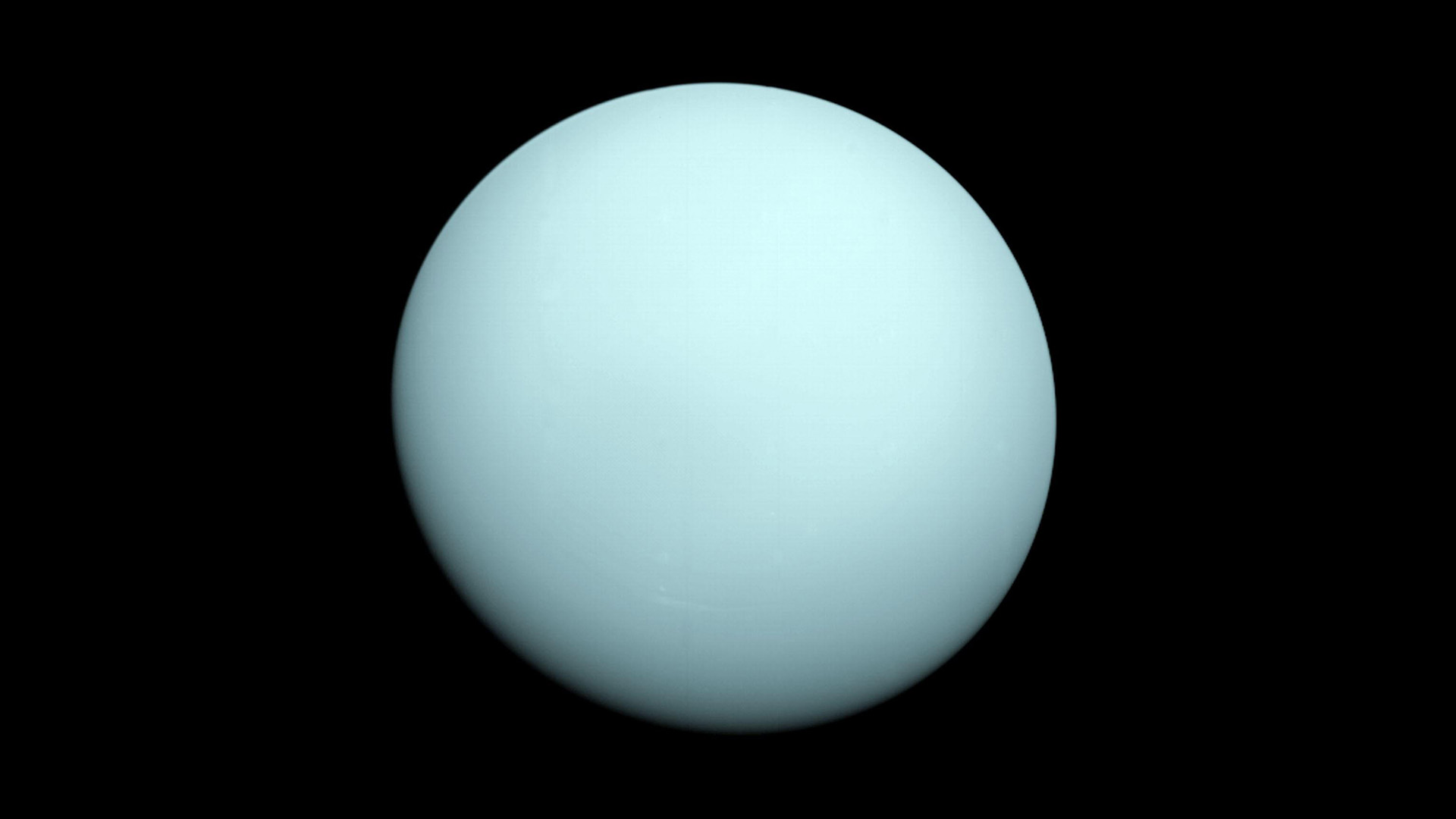In 1986, NASA’s Voyager 2 made history as the first—and so far, the only—spacecraft to visit Uranus. This close encounter gave scientists a rare look at the planet’s magnetic field, uncovering puzzling insights. However, recent research published in Nature Astronomy suggests that we may need to revisit those findings.
The new paper suggests that high concentrations of solar wind may have played a significant role in distorting the planet’s magnetosphere. This, the researchers suggest, could have created an unusual scenario during the flyby.
Voyager 2’s data suggested that Uranus has a highly compressed and chaotic magnetic field, with intense radiation belts and pockets devoid of plasma. However, researchers now believe these extreme conditions may have been an anomaly. And that solar wind may have been compressing Uranus’s magnetosphere when Voyager 2 passed by.
This intense “squeeze” created conditions that researchers believe exist less than 5 percent of the time, meaning that Voyager 2 might have caught Uranus in a rare, heightened state. This solar wind obviously would have altered what Voyager 2 was able to observe.
In some ways, it may have even skewed our understanding of Uranus’s normal magnetosphere. In a more typical state, Uranus’s magnetosphere might not be as extreme or as unpredictable as Voyager 2’s data indicated.
Researchers believe that if Voyager 2 had arrived even a few days earlier or later, it might have encountered a calmer magnetic field, providing a very different picture of the planet. This finding is a distinct reminder of the dynamic nature of our surrounding planets, especially when under the influence of solar wind.
Just as Earth’s magnetic field responds to solar storms and changes in solar wind pressure, so do those of distant planets like Uranus. But unlike Earth, where scientists can observe these effects regularly, our single flyby of Uranus provided only a brief snapshot under unique conditions that skewed our findings of the magnetosphere greatly.
The new study further emphasizes the need for future missions to Uranus, allowing us to observe the planet across a range of solar wind conditions. With a broader dataset, scientists hope to paint a more accurate picture of Uranus, including what Uranus smells like.










